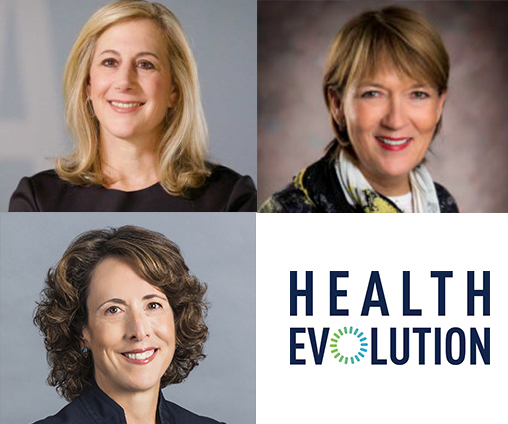For many health care leaders, COVID-19 will be a fork in the road regarding how their organizations act on the equity issues plaguing health care. Either they hold their organizations accountable for advancing equity or they essentially fail their own workforce as well as the patient populations and communities they serve.
“Are we going to match this moment? Are we going to have the courageous conversations around structural racism and social injustices? Are we going to look at new ways of developing the next generation of leaders, to make sure they are supported and mentored? Are we going to integrate mental health with all of health care? Are we going to show up and sharing power with the communities we serve? Will we embrace the concept that equity begins at home and our own organization’s systems, practices and policies must be inclusive? We need to keep our focus over the long haul,” Patrice Harris, MD, Immediate Past President, American Medical Association.
Throughout day two of the Virtual Confab 2021, leaders examined how the pandemic impacted communities of color, revealed current challenges with vaccine access, and looked towards the future with guarded optimism and an eye towards improving health inequities and addressing social determinants of health. The day was also a chance for leaders to look within themselves and understand how they can be better servant leaders in order to address some of these major issues.
In Minnesota, Craig Samitt, MD, President and CEO of Blue Cross Blue Shield Minnesota saw firsthand the significant impact that COVID has had on disadvantaged communities. On top of that, the State has been in the middle of social injustice ever since George Floyd was killed in Minneapolis.
“What I would say really motivated our work was the feeling like enough is enough. For too long, we’ve paid lip service to the impact of social determinants of health or systemic racism on the health of our communities. Just like a lot of other things in health care, we’ve admired that it’s a problem but we’ve done little to fix it,” said Samitt. He said it’s now time to go down the right path.
For Blue Cross Blue Shield Minnesota, fixing the problem began with an internal assessment that revealed the company was not as diverse as it should have been. Samitt said these reviews were a humbling process for the organization but have set them on a journey to fix equity issues at home by having “brave conversations,” and listening sessions. They have also begun working with tangible actions to solve inequity problems, such as stamping out hunger in Minneapolis. He says solving hunger challenges can have a downstream impact on other health care issues as well.
“The expression that we all use is ‘an ounce of prevention is worth a pound of cure.’ Health care lives in the pound, we need to live in the ounce. So, if we paid greater value for what’s in the ounce than what’s in the pound, if we focused on wellness prevention, community, social determinants of health, and we paid for it differently, our hope is that our community would act differently,” said Samitt.
For an organization with the scale and size of Walmart, vaccine rollout has been a momentous challenge, especially in medically underserved areas. Cheryl Pegus, MD, EVP of Health and Wellness at Walmart, says that 4,000 stores are in HRSA designated medically underserved areas. What’s helped the organization achieve success in vaccine uptake, specifically in communities of color, has been understanding the importance of cultural concordance and health literacy challenges, working with community health workers and engaging in community events, and partnering with like-minded organizations.










